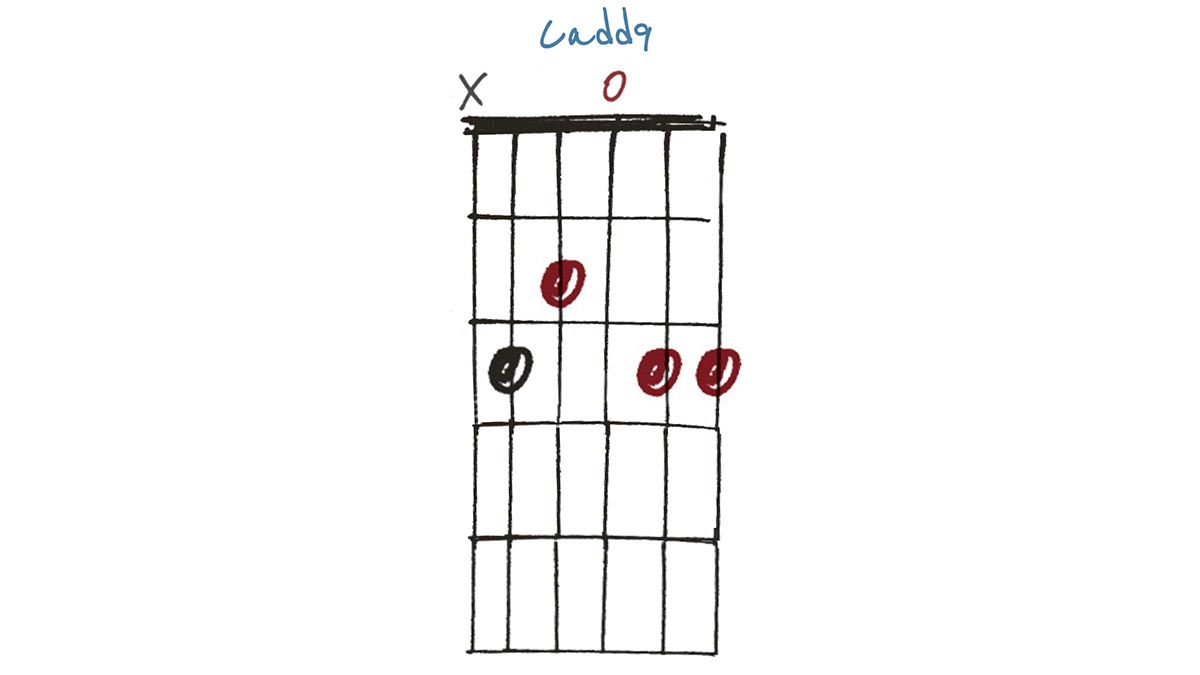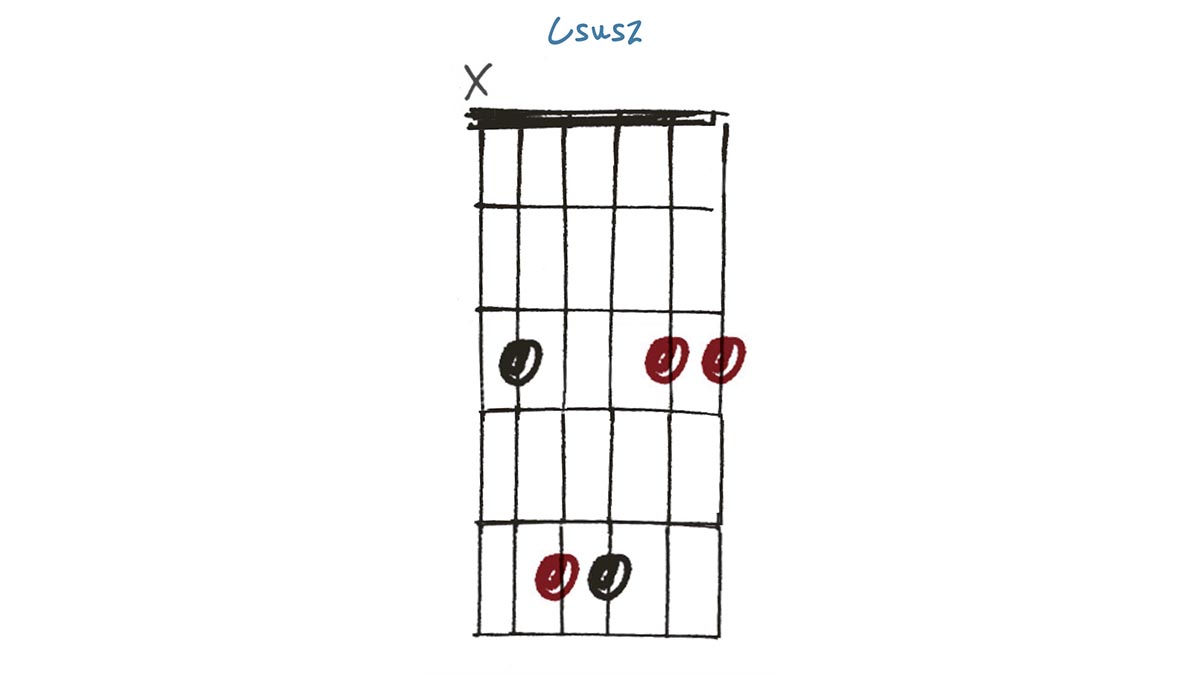How to transform the C major chord into something magical
Few players go weak at the knees at the thought of a C major, but with a couple of different voicings it gives us a world of interesting and versatile sounds to work with

Chordal harmony is the bedrock of songwriting in all but the most ‘niche’ musical situations. But while a good song should work with a simple accompaniment, it’s also nice to expand our horizons beyond the regular open-position chord shapes.
This feature isn’t about stringing together complex chords; it’s about knowing what your options are when a ‘straight’ open-position or barre chord doesn’t satisfy.
A nice example of this, which is actually integral to the song, is Don’t Dream It’s Over by Crowded House. The unaccompanied guitar intro functions like a hook using variations on a sus2 chord (see below).
I’ve taken C major as our baseline here using different voicings, some of which technically don’t require a different name – I’ve just juggled the notes into different positions for an alternative sound.
You’ll notice an add9 and a sus2 creeping in elsewhere. It’s worth pointing out that sus chords are neither major nor minor, so it’s all about the context.
Example 1
This version of C major is straight out of the chord books, apart from the G on the sixth string, which gives it a bit more depth, especially on acoustic guitar. Alternatively, just mute that low E string, and the root on the fifth string becomes our lowest note.
Example 2
Taking the G from the bottom and putting it at the top doesn’t change the name but gives a more jangly, detailed sound. You’ll hear this kind of voicing in songs by Tom Petty and The Pretenders. Pair this up with G and D chords and you have the basis of a song right there!
All the latest guitar news, interviews, lessons, reviews, deals and more, direct to your inbox!
Example 3
Adding a 9th (D) on the second string gives us… Cadd9! You won’t always want to stray this far from the ‘core’ voicing of C, E and G, but this may add a little interest if you’re looking for a different twist on a C chord without getting too harmonically complex.
Example 4
This popular Csus2 is movable: shift it up three frets to Eb and you have the beginnings of Don’t Dream It’s Over by Crowded House. Being neither major nor minor and not harmonically complex-sounding makes this a useful, versatile alternative to a wide variety of chords. It works well with distortion, too.
Example 5
This C major conjures up a Johnny Marr-style texture, with ringing open strings complementing the higher voicing of the chord. This can be a useful alternative when you’re playing with another guitarist or just want to avoid a traditional ‘block chord’ sound. Move this shape around and you’ll discover some nice surprises.
As well as a longtime contributor to Guitarist and Guitar Techniques, Richard is Tony Hadley’s longstanding guitarist, and has worked with everyone from Roger Daltrey to Ronan Keating.






